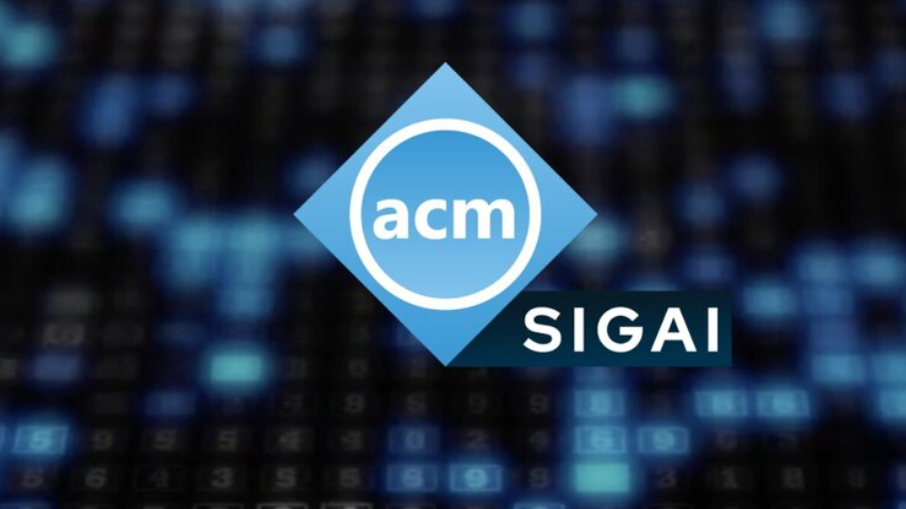Designing Human-Centric Automation: The Next Evolution of Robotics in the Supply Chain
Real-world helper exoskeletons come closer to reality with AI training
Microrobots overcome navigational limitations with the help of ‘artificial spacetimes’
Expert comment: How concerned should we be about ‘carebots?’
Decorating plastics with robotic precision
ACM SIGAI Autonomous Agents Award 2026 open for nominations

Nominations are solicited for the 2026 ACM SIGAI Autonomous Agents Research Award. This award is made for excellence in research in the area of autonomous agents. It is intended to recognize researchers in autonomous agents whose current work is an important influence on the field. The award is an official ACM award, funded by an endowment created by ACM SIGAI from the proceeds of previous Autonomous Agents conferences. The recipient of the award will receive a monetary prize and a certificate, and will be invited to present a plenary talk at the AAMAS 2026 conference.
How to nominate
Anyone can make a nomination. Nominations should be made by filling out this google form, and should consist of a short (< 1 page) statement that emphasizes not only the research contributions that the individual has made that merit the award but also how the individual’s current work is an important influence on the field.
Note: a candidate can only be considered for the award if they are explicitly nominated. If you believe that someone deserves the award, then nominate them – don’t assume that somebody else will!
Nomination link is here.
Important Dates
15 December 2025 – Deadline for nominations
1 February 2026 – Announcement of winner
25-29 May 2026 – AAMAS-2026 conference in Paphos, Cyprus
For any questions please contact Edith Elkind (Award Chair) or Louise Dennis (SIGAI Vice Chair).
Linearizing tactile sensing: A soft 3D lattice sensor for accurate human-machine interactions
Disney teaches a robot how to fall gracefully and make a soft landing
Precision Measurement Technology Combined With Autonomous Robots
Generations in Dialogue: Multi-agent systems and human-AI interaction with Professor Manuela Veloso

Generations in Dialogue: Bridging Perspectives in AI is a new podcast from AAAI featuring thought-provoking discussions between AI experts, practitioners, and enthusiasts from different age groups and backgrounds. Each episode delves into how generational experiences shape views on AI, exploring the challenges, opportunities, and ethical considerations that come with the advancement of this transformative technology.
Multi-agent systems and human-AI interaction with Professor Manuela Veloso
In the first episode of this new series from AAAI, host Ella Lan chats to Professor Manuela Veloso about her research journey and path into AI, the history and evolution of AI research, inter-generational collaborations, teamwork, AI to assist humans, AI in finance, advice for early-career researchers, and her excitement about connecting human knowledge with computers.
About Professor Manuela Veloso
Manuela Veloso is a renowned computer scientist and a pioneer in artificial intelligence, with influential work in multi-agent systems, robotics, and human-AI collaboration. She is currently the Head of AI Research at JPMorgan Chase, where she leads efforts to integrate AI into financial services. Previously, she was the Herbert A. Simon University Professor at Carnegie Mellon University and Head of its Machine Learning Department. Her research spans autonomous robotics, planning, machine learning, and AI systems that collaborate seamlessly with humans. A Fellow of the AAAI, IEEE, and AAAS, Professor Veloso has received numerous awards for her contributions to AI and remains a leading voice in advancing responsible and interactive AI systems.
About the host
Ella Lan, a member of the AAAI Student Committee, is the host of “Generations in Dialogue: Bridging Perspectives in AI.” She is passionate about bringing together voices across career stages to explore the evolving landscape of artificial intelligence. Ella is a student at Stanford University tentatively studying Computer Science and Psychology, and she enjoys creating spaces where technical innovation intersects with ethical reflection, human values, and societal impact. Her interests span education, healthcare, and AI ethics, with a focus on building inclusive, interdisciplinary conversations that shape the future of responsible AI.